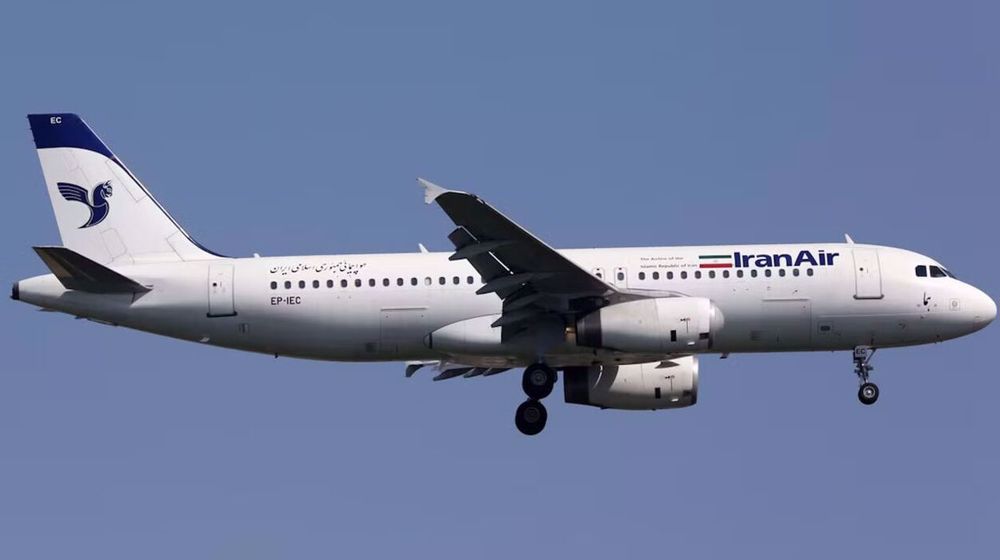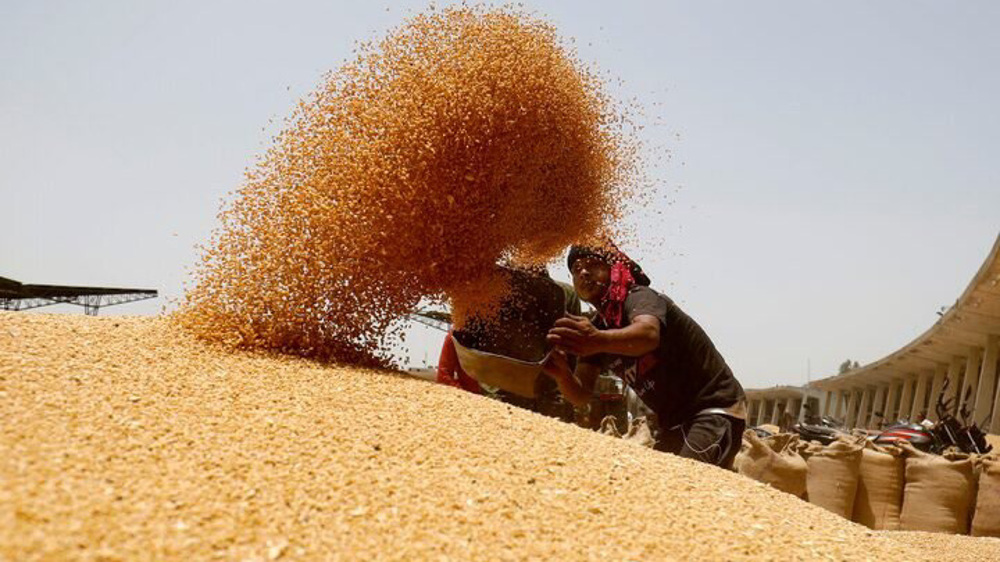Iran hopes e-Visa can attract more foreign tourists
Iran has begun to issue electronic visa for foreign tourists as part of a larger initiative to cope with the restrictions imposed by the US administration on those traveling to the country.
According to the Head of Iran’s Cultural Heritage, Handicrafts and Tourism Organization (ICHTO) Ali Asghar Mounesan the plan has been implemented since Thursday, November 22.
He added that the plan was implemented following the arrangements made with the Iranian Foreign Ministry as well as the Law Enforcement Force of the Islamic Republic of Iran.

Touching on the main goal of the plan, Mounesan said the plan was aimed at facilitating travels to Iran by foreign tourists. He also expressed hope that the move could play a leading role in attracting more foreign tourists to the country.
On the other hand, the Head of Foreign Ministry's Visa and Passport Department Mojtaba Karimi said electronic visas would be issued without any entry or exit stamp affixed on them.
The plan to issue electronic Visa for foreign tourists began to gain significance in the eyes of the Iranian officials after Washington announced those travelers who would visit certain countries including Iran would face restrictions to enter the US.

Iran issues electronic Visas for foreign tourists in 110 domestic and international airports. There is no difference between Iran's electronic and normal visas in terms of duration. The new Visa provides foreign tourists with a chance to visit Iran without any concern.
The plan was first implemented as a pilot project two years ago in one of the international airports inside Iran.
Iran has managed to establish itself as “safe as much of Western Europe or travelers”, a new report on global security said.
Meanwhile, Iran is among the world’s top potential tourist destinations with a variety of ancient sites, including 17 places listed by the UNESCO.
Official figures released earlier showed that over six million tourists had traveled to Iran over a period of six months starting March 2018. This was higher than the same period last year by above 50 percent.
VIDEO | Press TV's news headlines
Iranian satellites launched into space as private sector debuts in space industry
VIDEO | Iran, Azerbaijan conduct joint maritime rescue operations
VIDEO | Yemen’s Red Sea divide: Naval forces block Israeli-linked ships in strategic ‘parting of the water’
VIDEO | Southern Gaza: Israel’s facade for famine and suffering
VIDEO | IOF hampering humanitarian aid
VIDEO | Sharmahd: Justice Done
Iran repeatedly warned Israel not to test its will: FM















 This makes it easy to access the Press TV website
This makes it easy to access the Press TV website